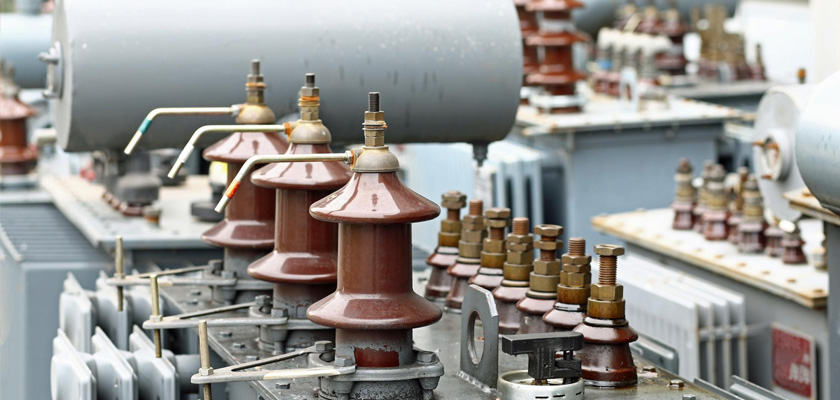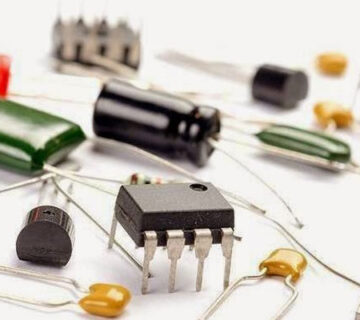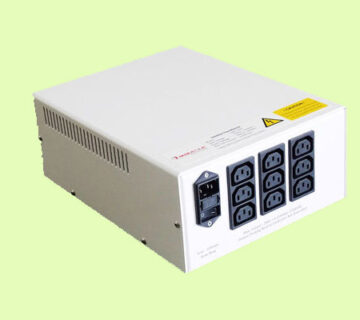Do you know that transformers are used in our everyday items? Yes! Transformers are used just in about everything that requires electrical power to operate, like televisions, computers, washing machines, etc. However, the type, size and style of transformers vary with every application. The best way to get the most appropriate transformer for your project is by getting your transformer customized by a reputed and renowned company who knows how to do its job well, just like Miracle Electronics, the leading power transformer manufacturer in India. But, before you go ahead to get a customized transformer for your project, there may be many questions running around in your head. Here are some of the most common queries faced, which we have provided answers to so that it becomes easier for you to better understand a transformer.
What is power transformer?
A power transformer is an electrical component designed to convert alternating currents from one voltage to another – which is either to step up or step down the voltage. It is made up of two or more insulated coils of wire wound on a laminated steel or iron core. The voltage while entering the transformer contacts the primary coil and magnetizes the core. It then moves to the secondary or output coil to transform to a higher or lower voltage, depending on the ratio of the two coils. This process is what keeps appliances safe in case of very high or very low voltages coming in.
What are the different types of power transformers?
As mentioned above, different applications require different types of transformers. This is why there are a wide variety of power transformers available, which include –
- Laminated core transformers
- Toroidal transformers
- Autotransformers
- Variable autotransformers
- Induction regulators
- Polyphase transformers
- Grounding transformers
- Leakage or stray field transformers
- Resonant transformers
- Oil cooled transformers
- Cast resin transformers
- Isolating transformers
What does regulation in a transformer mean?
Regulation in transformers is the difference between no load voltage and full load voltage, which is generally expressed in terms of percentage. The lower the percentage, the better the transformer. Explaining this with an example, if a transformer delivers 100 volts at no load voltage, and drops to 95 volts at full load, the regulation is 5%. Now, you may ask what no load and full load voltage is. The voltage that appears across the output terminal when no load is connected to the output is the no load voltage. This means that there is no drop of voltage. On the other hand, the voltage that appears across the output terminal when the maximum load is connected to the output is full load voltage. This drops the voltage across the output. This is why no load voltage is higher than full load.
Can transformers be used in parallel?
Only single phase transformers with equal voltages can be used in parallel. If you use transformers with unequal voltages, it will cause excessive heating through friction. This friction is caused because a circulating current exists in a closed network between the two transformers. This will thus affect the lifespan of your transformer.




